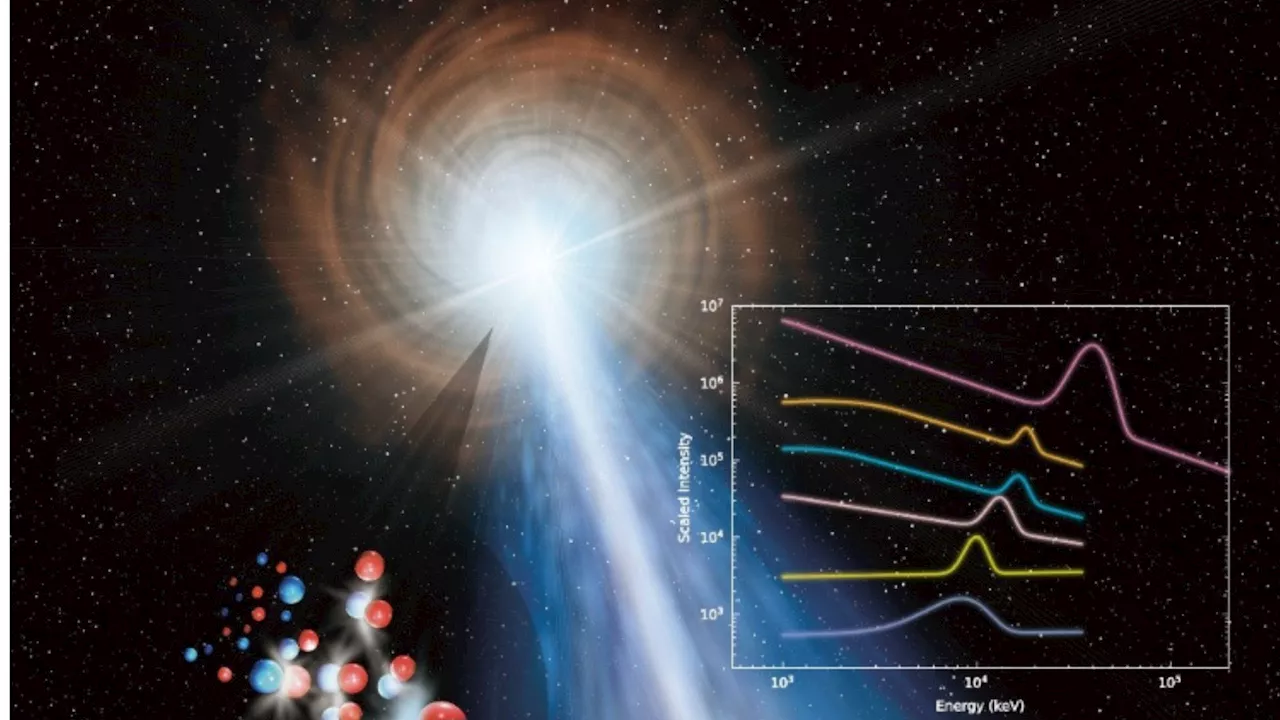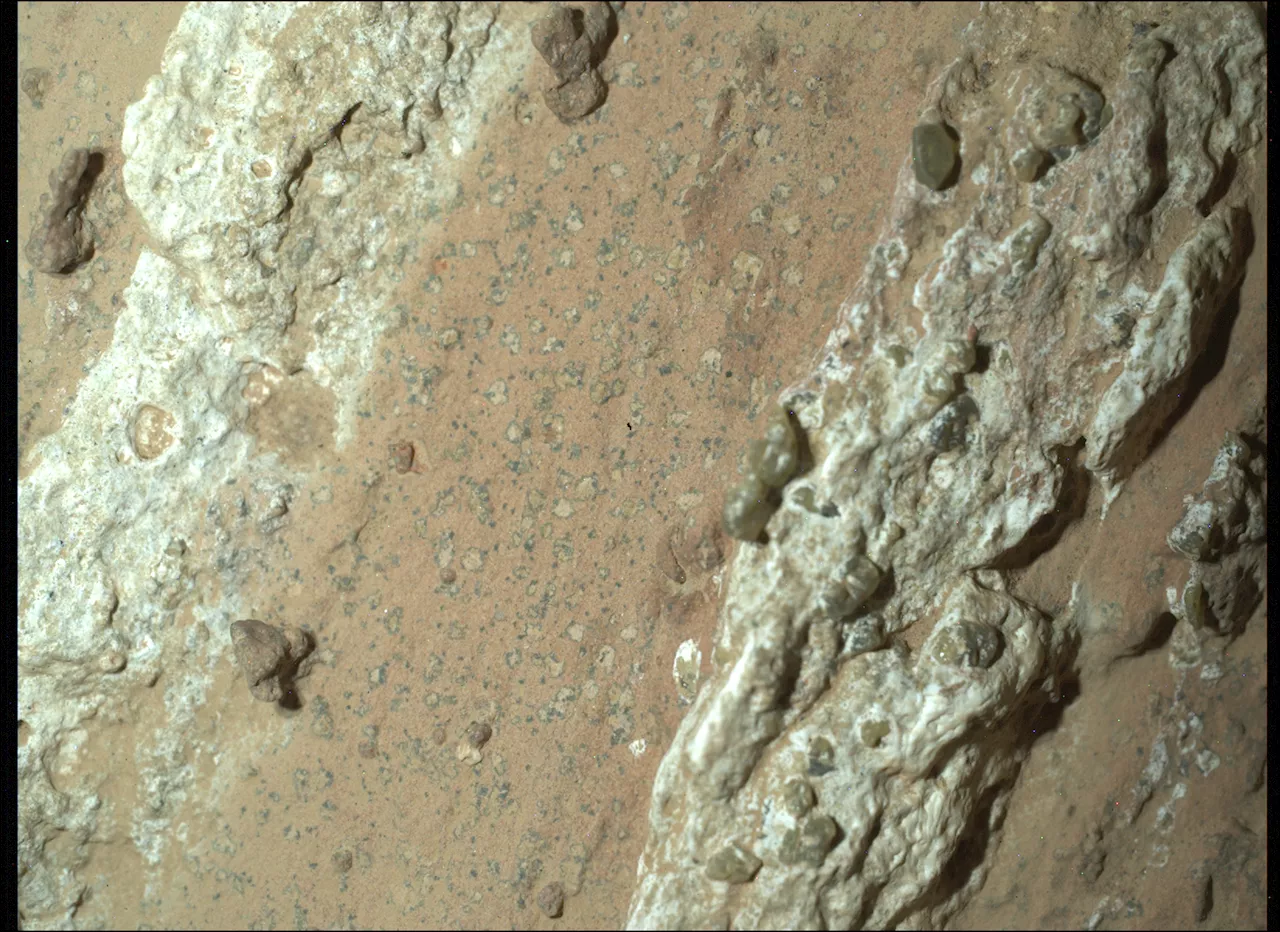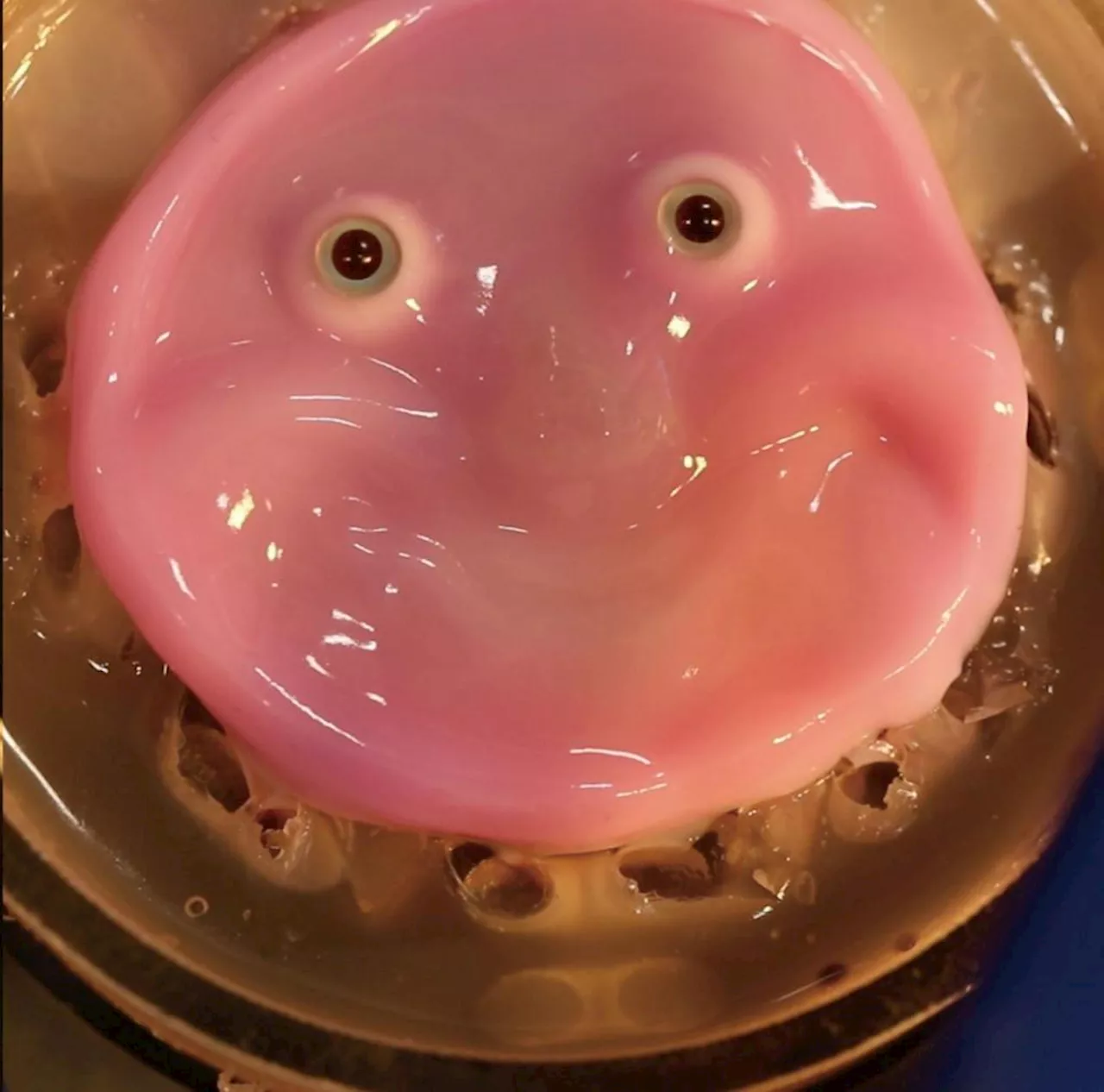For decades, robotic engineers have experimented with materials, hoping to find something that could both protect a robot’s complex machinery but be soft and light enough for a wide range of uses.…
Engineers in Japan are trying to get robots to imitate that particularly human expression — the smile.
A subset of the total robot stock includes so-called humanoids, machines designed with two arms and two legs that enable them to work in environments that were built for human workers, such as factories, but also in hospitality, health care and education. The novel skin attachment method advances the nascent field of “biohybrid” robotics, which integrates mechanical engineering with genetic and tissue engineering, said Kevin Lynch, director of the Center for Robotics and Biosystems at Northwestern University.
Scientists, including Takeuchi and his colleagues at the University of Tokyo, have been working with lab-made human skin for years.
United Kingdom Latest News, United Kingdom Headlines
Similar News:You can also read news stories similar to this one that we have collected from other news sources.
 Japan: 3-minute heart restart system for emergencies developed by scientistsThe inspiration for creating the system for jump starting the heart came from the shooting of former Japanese prime minister Shinzo Abe.
Japan: 3-minute heart restart system for emergencies developed by scientistsThe inspiration for creating the system for jump starting the heart came from the shooting of former Japanese prime minister Shinzo Abe.
Read more »
 Blood Thinner Can Treat Flesh-Eating Cobra Venom, Scientists DiscoverThe Best in Science News and Amazing Breakthroughs
Blood Thinner Can Treat Flesh-Eating Cobra Venom, Scientists DiscoverThe Best in Science News and Amazing Breakthroughs
Read more »
 Komodo Dragons Flaunt Iron-Tipped Nightmare Teeth, Scientists DiscoverScience, Space and Technology News 2024
Komodo Dragons Flaunt Iron-Tipped Nightmare Teeth, Scientists DiscoverScience, Space and Technology News 2024
Read more »
 The Mystery of Gigantic Rogue Waves: Scientists Uncover Key CauseScience, Space and Technology News 2024
The Mystery of Gigantic Rogue Waves: Scientists Uncover Key CauseScience, Space and Technology News 2024
Read more »
 37 million eV: Chinese scientists discover highest energy gamma-ray in universeChinese scientists have detected the highest energy gamma-ray line ever recorded from a distant gamma-ray burst.
37 million eV: Chinese scientists discover highest energy gamma-ray in universeChinese scientists have detected the highest energy gamma-ray line ever recorded from a distant gamma-ray burst.
Read more »
 NASA’s Perseverance Rover Scientists Find Intriguing Mars RockThe six-wheeled geologist found a fascinating rock that has some indications it may have hosted microbial life billions of years ago, but further research is
NASA’s Perseverance Rover Scientists Find Intriguing Mars RockThe six-wheeled geologist found a fascinating rock that has some indications it may have hosted microbial life billions of years ago, but further research is
Read more »
